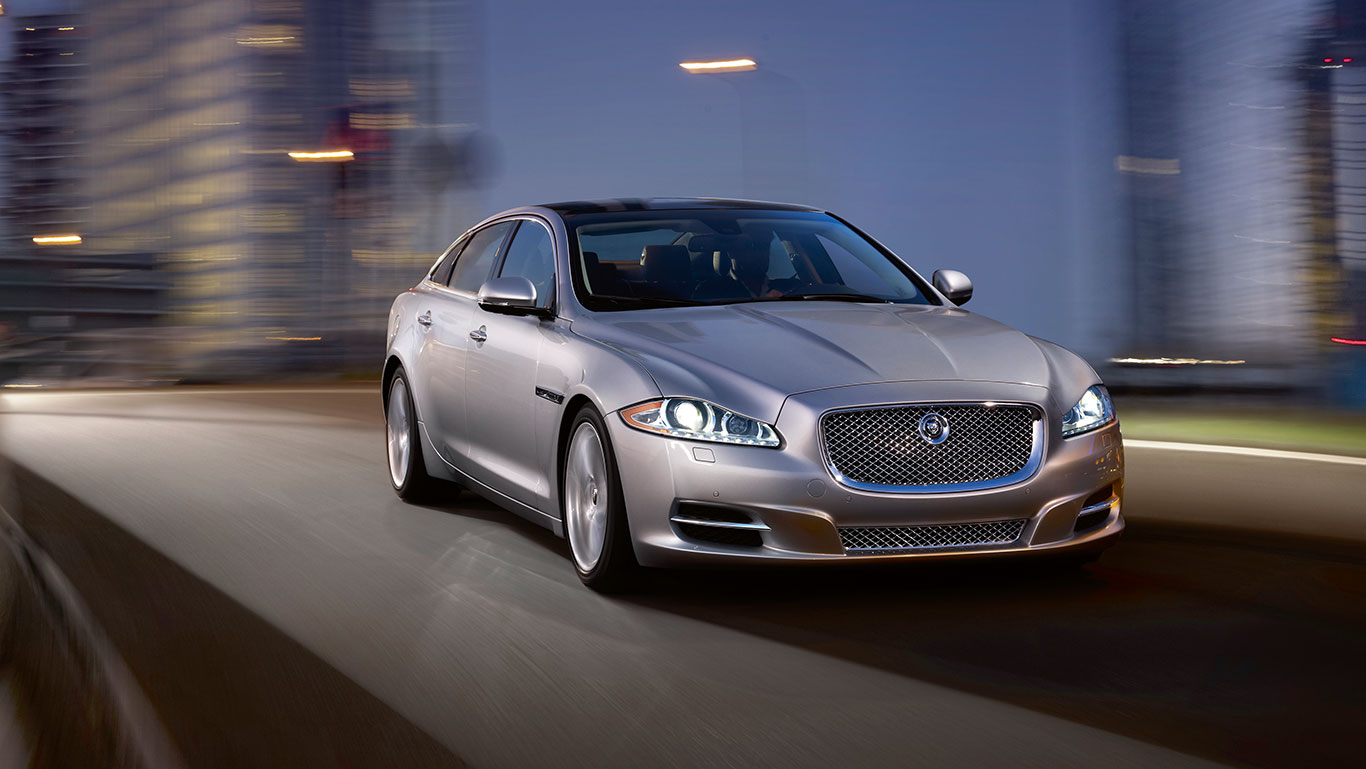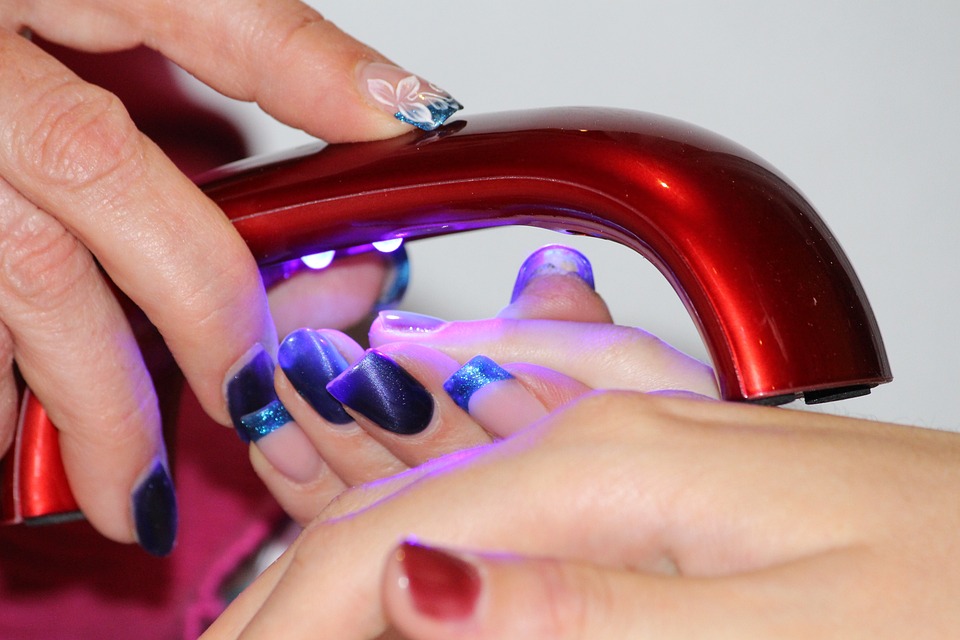It doesn’t always pay to spotlight the latest technology in a vehicle, as manufacturer Jaguar recently found out when an advertorial they placed in U.K. publication the Guardian for the XE model was banned by the Advertising Standards Agency. Though the vehicle brand claimed the advertorial supported only using the technology while adhering to safe driving practices, the ad was deemed irresponsible for promoting a message that focused on allowing drivers to “work on the move.”
The Jaguar advertorial promoted the brand’s hands-free in-vehicle tech, including voice-activated calling systems and satellite navigation. With the headline “Drive time is no longer down time,” watchdogs are concerned the message promotes distracted driving, which is a leading contributor to road fatalities around the globe. According to the article What is Distracted Driving by auto accident attorney Pittman Dutton & Hellums in Birmingham, Alabama, the amount of time it takes to complete the average text message is enough time to cover the length of an entire football field. While the advertorial banishment may seem harsh to tech enthusiasts evangelizing the benefits it provides drivers, recent trends in the United States mirror the sentiment that care must be taken.
Drivers Contribute to the Problem
The technology in vehicles itself is often not what presents the most significant danger to motorists. It’s how motorists interact with the technology and how using it affects their focus and judgment during and after use. A study by the AAA Foundation for Traffic & Safety shows even after completing an action with technology, distraction remains for nearly 30 seconds afterward. On the road, that’s enough time to run a red light, hit a car, or kill a pedestrian. AAA representatives claim there is no technology currently existing in vehicles that allows you to text, call or update social media safely while driving, yet existing in-vehicle technologies enable drivers to do exactly that.
Exacerbating the problem is drivers’ confidence and competency with adeptly carrying out tech functions. A 2017 study reported in Admiral magazine shows 40 percent of drivers don’t know how to use all the technology in their vehicle, and 44 percent of drivers think more than the average of 51 minutes dedicated to explaining the tech is needed when a new car is purchased. Fiddling with buttons, taking eyes off the road to complete a tech task, or even reading a manual while driving can all contribute to the more than 40,000 road fatalities in the United States each year.
How to Make In-Vehicle Tech Less Risky
Technology integration in cars has no signs of slowing down. A projection by PwC shows connected services in vehicles ranging from navigation to entertainment are expected to more than triple in revenue from $13.6 billion in 2015 to $42.8 billion in 2022. But with U.S. driving fatalities currently at their highest in a decade, everyone from manufacturers to car salespeople to drivers must keep in mind the dangers distracted driving poses. Steps like the following must be taken to make driving and technology safer for motorists and pedestrians alike.
- Manufacturers must promote safety in all language and vehicle education, from manuals to advertisements. The ruling by the Advertising Standards Agency sets a precedent for manufacturers worldwide: driving safety should be prioritized at all times. Manufacturers have a responsibility to focus on using technology developments to improve car safety features over ones that increase distracted driving. Any marketing or advertising of new technology should include notices of the dangers of distracted driving. Advertising standards groups and watchdog groups should call attention to cases where technology puts drivers, passengers, and pedestrians in danger, and instill regulations that make in-car tech safer as it minimizes distractions.
- Dealerships should take more time to explain technology to car buyers. The study referenced in Admiral points out safety is the top consideration of car buyers when making a vehicle purchase. Dealers should take note that safety is dependent on the vehicle owner’s complete understanding of all car features, including technology. About half of manufacturer and dealer respondents agree vehicle handover time should expand because of the increased additions of technology in vehicles, some of which is very complicated, especially to drivers who don’t embrace tech or don’t consider themselves tech-savvy in everyday life. Dealers must make a commitment to thoroughly explain all technology details during the hand-off without cutting out time that might cover anything related to safety. Clear instruction on how to access further resources should be given, all questions during the hand-off should be answered in detail, and the dealer should offer future assistance if the car purchaser requires it.
- Drivers should use their tech with caution. Be wary of the fact that even if you use your in-car technology while stopped at a red light, you’re going to be distracted for half a minute after you use it. Every time you’re talking while in your car, or accessing directions, or averting your eyes off the road and onto a screen, you’re increasing your risk of missing a hazard or becoming one yourself. Distracted driving that results in an accident or, worse, a fatality, can not only cause irreparable emotional damage. It could also mean you are sued or lose your driving privileges altogether. Is making that phone call while you’re driving really worth the risk of killing someone or not being able to drive at all?
Even if you’re doing everything right, if you’re on the road, you should still employ defensive driving methods to protect yourself from risky behaviors of others. If you’re a pedestrian, it’s not enough to think drivers won’t run red lights or drift into a bicycle lane while you’re there. Be mindful of how tech in vehicles can make drivers more distracted, and be alert to stay safe.







